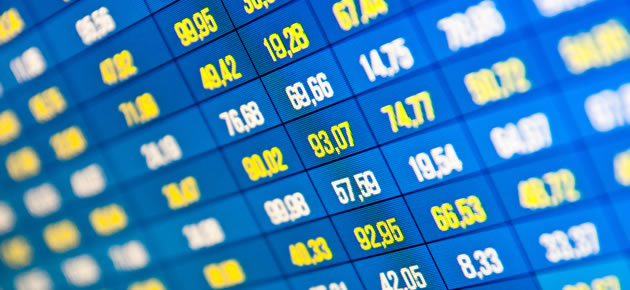In the aftermath of the release of the German Producer Price Index for June, the Euro exchange rate was holding steady against the US Dollar (EUR/USD) and Pound (EUR/GBP).
Germany’s Producer Price Index showed stagnation in June on a month-on-month basis, as economists expected. This followed a 0.2% decline in May.
On the year, producer prices were down -0.7%, a slight improvement on the -0.8% figure recorded the previous month.
The common currency was little-changed against its major counterparts however as the diverging outlooks between the European Central Bank, Bank of England and Federal Reserve continue to restrain the Euro.
The Euro to US Dollar (EUR/USD) exchange rate was trading in the region of 1.3522 as Monday progressed, unchanged from the day’s opening levels.
The Euro to GBP exchange rate, meanwhile, was trending around 0.7916.
While both the BoE and Fed appear to be edging ever closer to increasing interest rates, the ECB could be on the verge of bringing in additional stimulus measures.
If this week’s most influential economic reports for the Eurozone, including the bloc’s Consumer Confidence measure and Markit Services/Manufacturing PMI, add to the case for the ECB introducing quantitative easing style stimulus measures in the months ahead the Euro exchange rate could soften against rivals like the Pound and US Dollar.
However, there was good news for the Eurozone today as Spain, a Eurozone member who has experienced considerable economic struggles in the past, celebrated a year of more stable fiscal conditions.
Figures compiled by the Bank of Spain are expected to show that the nation posted notable growth in the last quarter, a sign that the Eurozone’s third largest economy may finally be back-on-track.
However, some economists are warning that the country still has a long way to go.
According to industry expert Maria Yolanda Fernandez Jurado; ‘It remains to be seen whether the recovery is sustainable. Seeking competitiveness through lower labour costs will eventually backfire unless there is an effort to encourage better quality and higher technology products’.
Additionally, the recovery of the Eurozone as a whole could be put at risk if France (the so-called poor-man of Europe continues to underperform and region-wide low inflation persists.
This week’s Markit data is expected to show that the French Manufacturing and Services sectors both registered contraction in July.
If the gauges come in at or below expected levels the Euro could dip.
The Euro to Pound (EUR/GBP) exchange rate will also be affected by the release of minutes from the latest Bank of England policy meeting plus UK retail sales and growth figures.
Similarly, volatility in the Euro to US Dollar (EUR/USD) exchange rate could be inspired by the US Consumer Price Index and US Initial Jobless Claims/Continuing Claims figures.
Euro (EUR) Exchange Rates
[table width=”100%” colwidth=”50|50|50|50|50″ colalign=”left|left|left|left|left”]
Currency, ,Currency,Rate ,
Euro,
Euro,
Euro,
Euro,
Euro,
[/table]
